#roman Period
Text
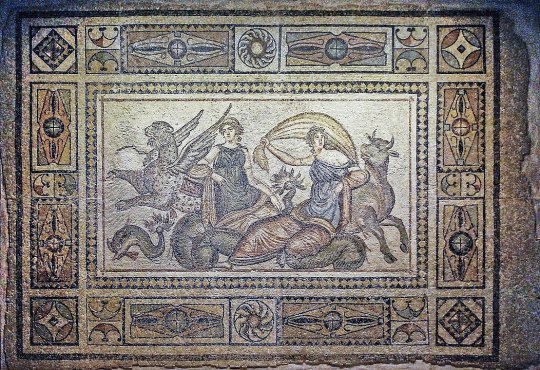
Zeugma Mosaic of Icarus and Daedalus, Roman period, Turkey
700 notes
·
View notes
Text

~ Mummified Dog.
Culture: Egyptian
Period: Roman Period
Date: ca. 30 B.C.–A.D. 395
Medium: Linen, pigment, and organic remains.
#ancient#ancient art#history#museum#archeology#ancient egypt#ancient history#archaeology#egyptology#Egyptian#egypt#mummy#mummified#mummified dog#Roman#roman period#dog#ca. 30 b.c.#ca. A.D. 395
767 notes
·
View notes
Photo

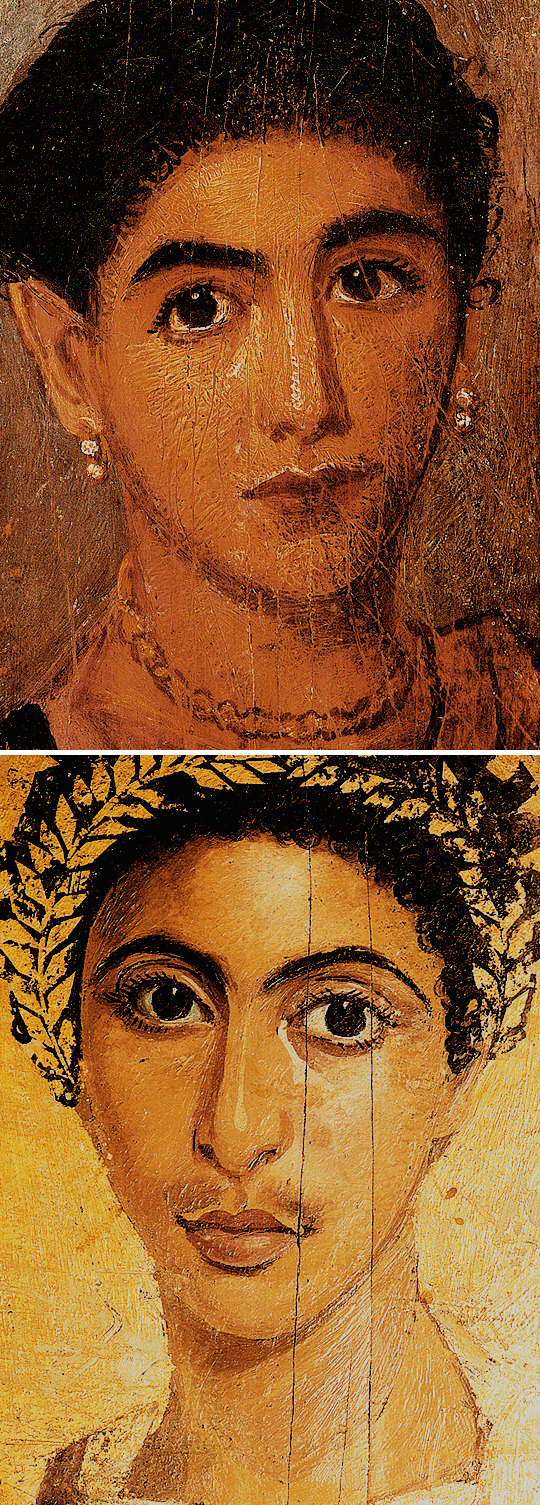




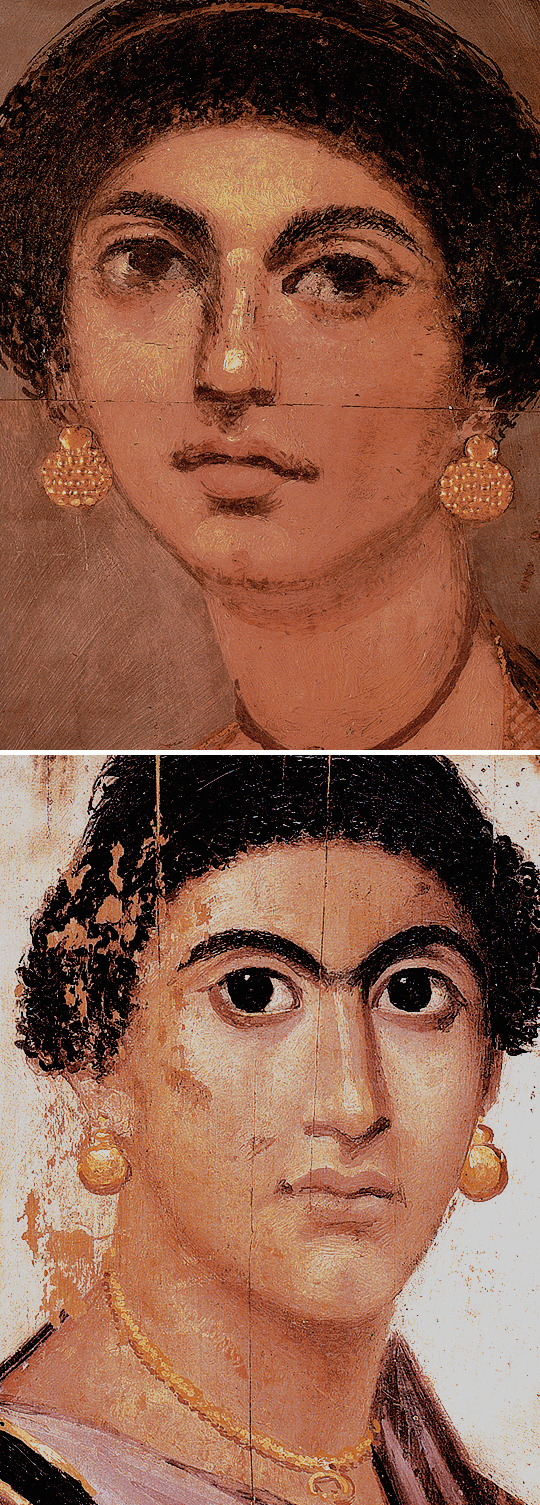

PAINTED MUMMY PORTRAITS OF EGYPTIANS DURING THE ROMAN PERIOD
The painted mummy portraits of Roman Egypt almost uncannily bring before us individuals from about two thousand years ago. The powerful promise of the ancient Egyptian afterlife, the pervasiveness and coherence of Roman culture, and the strong naturalism of the Graeco-Roman painting tradition combined to produce these arresting portraits of the gentility of the towns and cities of Egypt beyond the great metropolis of Alexandria. —Ancient Faces: Mummy Portraits from Roman Egypt (ed. Susan Walker) (1997)
#egypt#ancient egypt#egyptology#archaeology#historyedit#mine#my edit#fayum portraits#roman period#mummy#funerary
3K notes
·
View notes
Text


Pan, Aydın Archaeological Museum, Turkey
2024 © Moon and Serpent
97 notes
·
View notes
Text
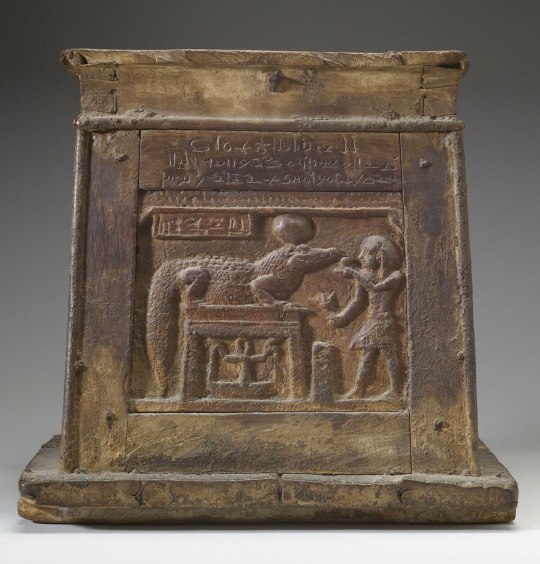
Roman period box showing a king making an offering to a solar form of Sobek
247 notes
·
View notes
Text
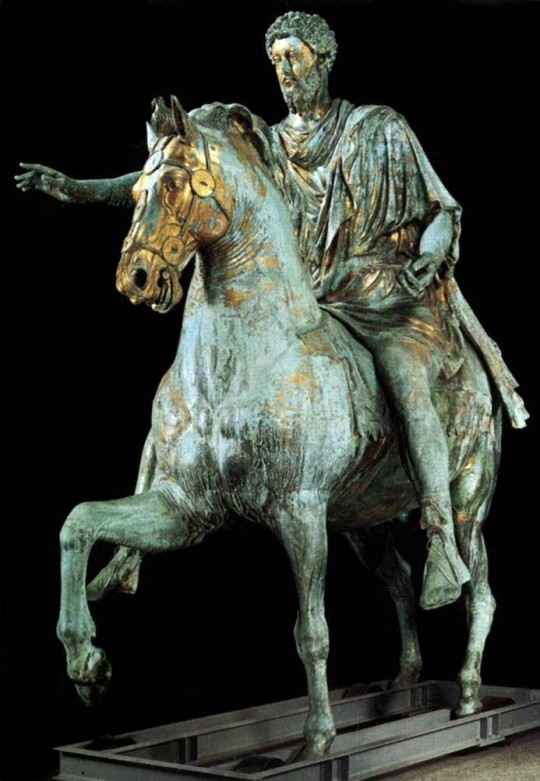
Equestrian monument of Marcus Aurelius. Capitoline Museum, Rome.
30 notes
·
View notes
Text

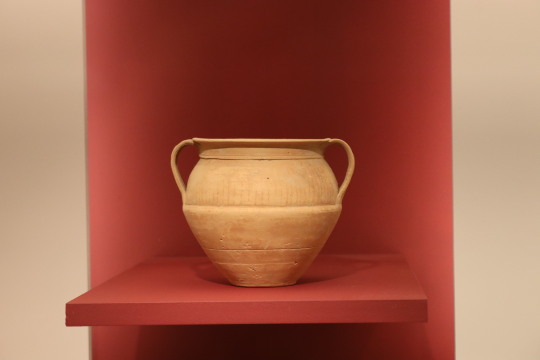

Common ceramic pieces from the Roman Period from the first four centuries of our era. These are not beautiful art pieces - these are mundane utensils, used by common people that lived in the I, II, III and IV centuries, when the west of Iberia was still part of the mighty Roman Empire. And these are not radically different from any other ceramic utensil we could buy today.
These archeological findings were discovered in the necropolis of the roman villa of Laje do Ouro (Crato Municipality); nowadays, they are in exposition in the Municipal Museum of Crato.
#Roman Period#Período Romano#Siglos I-IV#Séculos I-IV#I-IV Centuries#Museu Municipal do Crato#Municipal Museum of Crato#Crato#Alto Alentejo#Alentejo#Portugal#Original photos#photographers on tumblr#photography#artifacts#artefactos
37 notes
·
View notes
Text

Funerary portrait.
Possibly from Mazghuna, Egypt. Tempera on wood, 1st-2nd Century
41 notes
·
View notes
Text
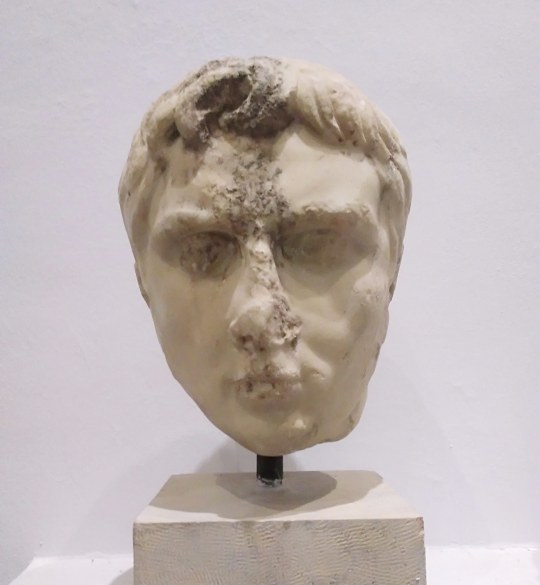
Portrait of Octavian Augustus (Euboea, 15-54 A.C.)
/ (Old) Archaeological Museum of Chalkida-Greece
(ph. Yorgos Yannakos, August 1,2023)
#art history#τέχνη#greek#roman period#Sculpture#Marble#Portrait#Greece#ancient greece#Octavian Augustus
7 notes
·
View notes
Text

MOSAICO DE LA VILLA ROMANA DEL CASALE
(Español / English)
La Villa Romana del Casale, situada en la pintoresca localidad siciliana de Piazza Armerina, es un tesoro arqueológico que data del IV siglo d.C. Esta villa romana tardía fue incluida en la lista del Patrimonio de la Humanidad por el UNESCO en 1997.
He aquí algunos detalles fascinantes sobre la historia de esta extraordinaria residencia:
Descubrimiento casual: En el siglo XVII, los campesinos que trabajaban en los campos del alto valle del río Gela, al pie del monte Mangone, notaron numerosas estructuras de pared que emergían del suelo. Estas revelaron entonces que pertenecieron a la grandiosa villa imperial del Casale. El entusiasmo por este hallazgo atrajo la atención de muchos eruditos locales.
Mosaicos excepcionales: La Villa Romana del Casale es famosa sobre todo por su extraordinaria colección de mosaicos, perfectamente conservados en el tiempo gracias a una capa de barro causada por una antigua inundación. Estos mosaicos decoran los pisos y representan escenas mitológicas, animales, juegos y actividades diarias. Son un verdadero espectáculo para los ojos y testimonian la riqueza y el gusto artístico de la época romana.
Estructura monumental: El chalet incluye Cubículos, Vestíbulos,Peristilos, Ambulacri, Triclini, Diaete, Acueductos, Latrine y Termas. La disposición en diferentes niveles recuerda el ejemplo de la villa del emperador Tiberio en Capri. La magnificencia de los mármoles, de las columnas y de los suelos de mosaico desafía incluso la morada de Diocleciano en Split.
La Villa Romana del Casale es un viaje al pasado, un lugar donde la historia y el arte se funden en una experiencia extraordinaria. Si alguna vez tienes la oportunidad de visitarla, te recomiendo admirar estos mosaicos únicos y sumergirte en la antigua grandeza de este lugar mágico.
------------------------------------------------------------------------------
MOSAIC OF THE ROMAN VILLA DEL CASALE
The Villa Romana del Casale, located in the picturesque Sicilian town of Piazza Armerina, is an archaeological treasure dating back to IV century AD. This late Roman villa has been listed as a World Heritage Site by UNESCO in 1997.
Here are some fascinating details about the history of this extraordinary residence:
Random discovery: In the XVII century, farmers working in the fields of the upper valley of the river Gela, at the foot of the mountain Mangone, noticed numerous wall structures emerging from the ground. They later revealed that they belonged to the grand imperial villa of the Casale. The enthusiasm for this discovery attracted the attention of many local scholars.
Exceptional mosaics: Villa Romana del Casale is famous for its extraordinary collection of mosaics, perfectly preserved over time thanks to a layer of mud caused by an ancient flood. These mosaics decorate the floors and represent mythological scenes, animals, games and daily activities. They are a real spectacle for the eyes and testify to the richness and artistic taste of the Roman period.
Monumental structure: The villa includes Cubicles, Vestibules, Peristili, Ambulatories, Triclini, Diaete, Aqueducts, Latrine, and Terme. The layout on different levels recalls the example of the Emperor’s villa Tiberius on Capri. The magnificence of the marbles, columns and mosaic floors defies even the abode of Diocletian in Split³.
The Villa Romana del Casale is a journey into the past, a place where history and art come together in an extraordinary experience. If you ever have the opportunity to visit it, I recommend that you admire these unique mosaics and immerse yourself in the ancient greatness of this magical place .
2 notes
·
View notes
Text

Statue of Kore (Persephone) - Roman period 2nd-4th century - Samaria
37 notes
·
View notes
Text



~ Female Head.
Culture: Graeco-Egyptian
Place of origin: Akhmim, Egypt
Date: 1st century B.C.-A.D. 1st century
Period: Ptolemaic Period-Roman Period
Medium: Limestone, stone, pigment
#ancient#ancient art#history#museum#archeology#ancient egypt#ancient sculpture#roman#ancient history#archaeology#Greco-Roman#female head#portrait#akhmim#Egyptian#egyptology#Egypt#ptolemaic#roman period#1st century B.C.#a.d. 1st century
281 notes
·
View notes
Text

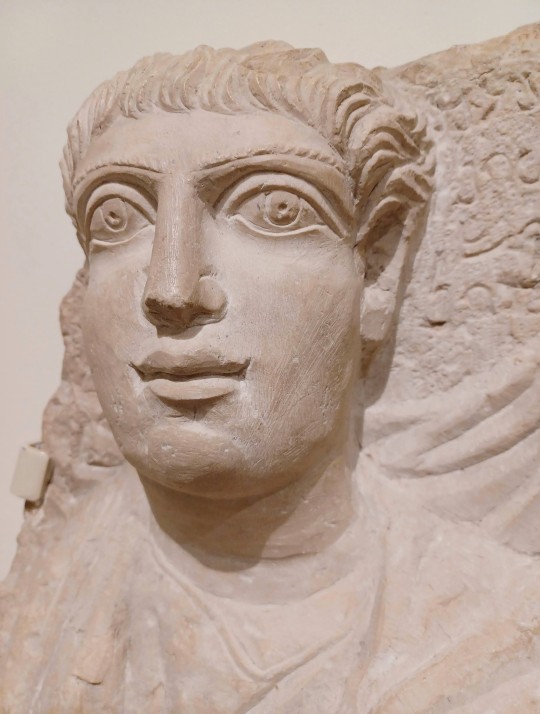
Funerary relief of a man • 3rd century CE • Artist unknown, Syria • Limestone • Roman period, 64 BCE-260 CE • Cantor Arts Center at Stanford University, Stanford, California
Photo credit: ©Pagan Sphinx Photography
#art#relief sculpture#ancient art#roman period#ancient syria#limestone relief#cantor arts center#stanford university#museum aesthetic#art history#ancient civilizations#pagan sphinx art blog#artblog#museum photography#my photos#museum visit
4 notes
·
View notes
Text
I will never forgive Herod the Great for ruining swimming pools for me
12 notes
·
View notes
Text

Horse Head. Equestrian Statue of Emperor Marcus Aurelius. Capitoline Museum, Rome.
13 notes
·
View notes
Text
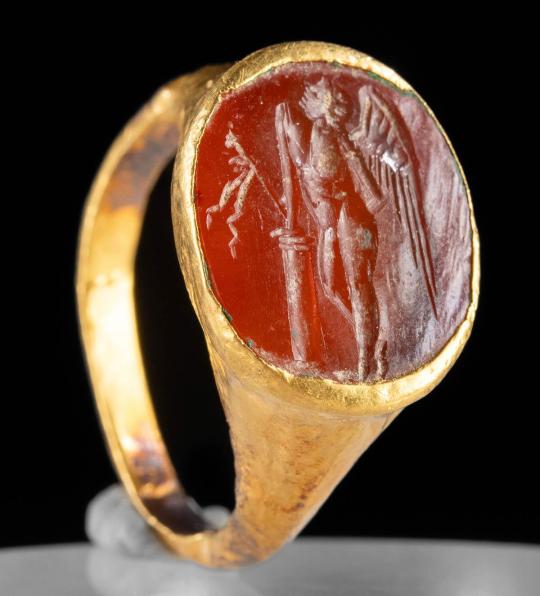
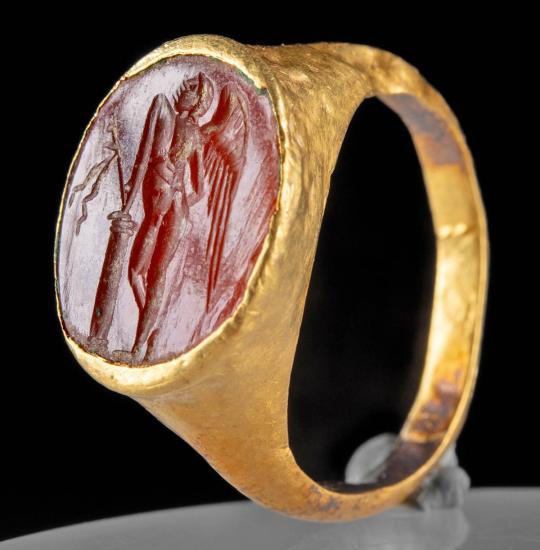
Roman Gold Ring w/ Carnelian Intaglio, Leaning Cupid
Imperial period, ca. 1st to 3rd century CE
#Roman Gold Ring#Imperial period#ca. 1st to 3rd century CE#gold#gold jewelry#ancient jewelry#ancient artifacts#archeology#archeolgst#history#history news#ancient history#ancient culture#ancient civilizations#ancient rome#roman history#roman empire#roman art
653 notes
·
View notes